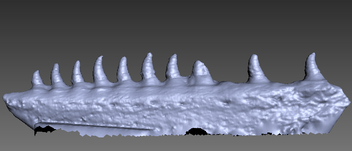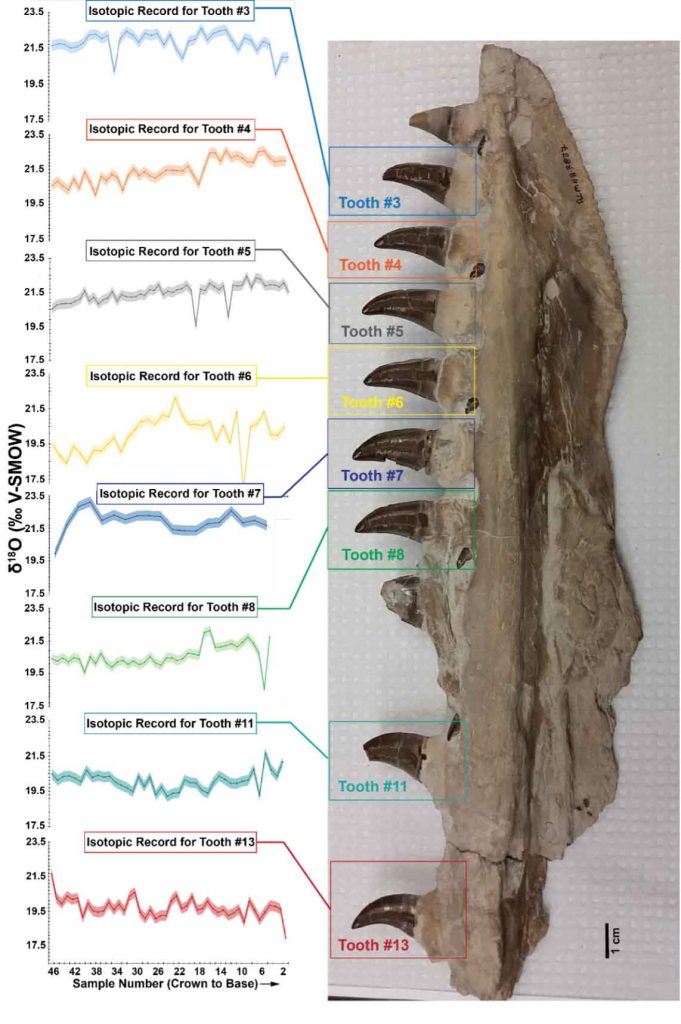Research Area 1: Glacial Stability of West Antarctica
Our lab’s research is focused on areas of Antarctica that are currently undergoing rapid ice loss: the Antarctic Peninsula and the Amundsen Sea, West Antarctica. In order to understand recent glacial changes, we must investigate the drivers of stability and instability in the past. We use sedimentary archives offshore Antarctica, in bays and fjords, to step back in time and reconstruct past glacial response to climate and ocean events. Grain size, microscopic fossils called diatoms and foraminifera, and geochemical signatures are used as proxies for past glacial conditions, ocean currents, ocean productivity, and climate. Past glacial response to climate and ocean changes will ultimately help us understand and better predict future changes in the glacial landscape and sea level rise scenarios.
One of the most rapidly changing areas of the Antarctic landscape is Thwaites Glacier. Our recent expedition to Thwaites Glacier aboard the R/V IB Nathaniel B. Palmer (NBP1902) brought us to newly ice-free areas that have never been visited by humans before. We imaged the sea bed and collected several sediment cores that we will use to reconstruct the glacial history of Thwaites and evaluate its long-term and most recent stability or instability. We will sail again this upcoming season (NBP2002) to gather more information about the area just seaward of the glacier as part of the THOR (Thwaites Offshore Research) project. To learn more, visit our THOR team website and the International Thwaites Glacier Collaboration, a large NSF- and NERC-funded international effort to study the glacier that may be the biggest Antarctic contributor to sea level rise over the next century.
You can learn more about our research expedition from a recent Rolling Stone article by Jeff Goodell and an entertaining PRI the Wold radio series from Carolyn Beeler!
Read more about ocean-driven collapse of ice shelves.
Many of the Antarctic photos were taken by the talented Linda Welzenbach (Rice University science writer) aboard the RV/IB Nathaniel B. Palmer.
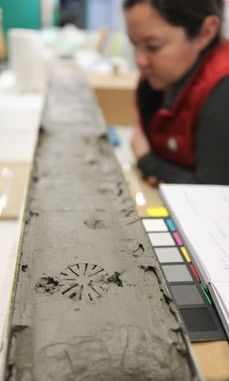
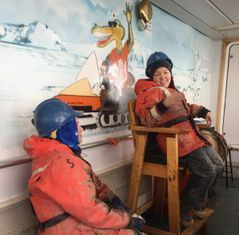
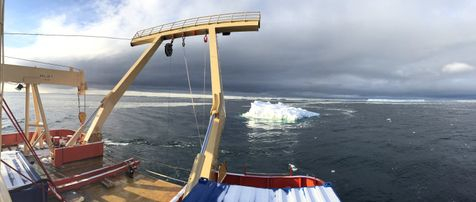
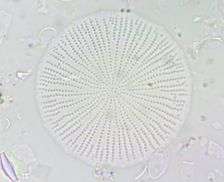
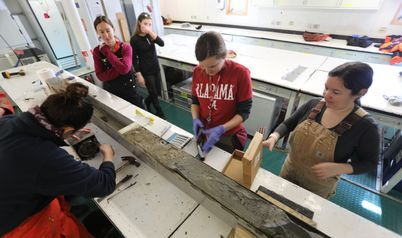
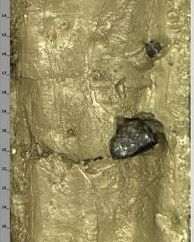
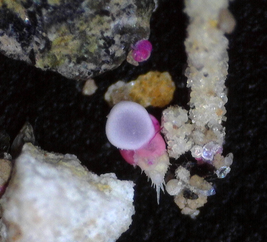
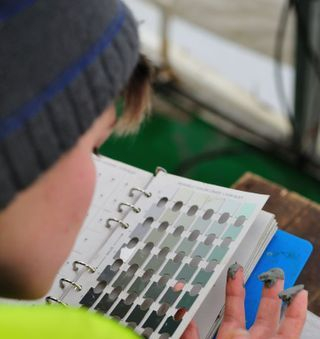
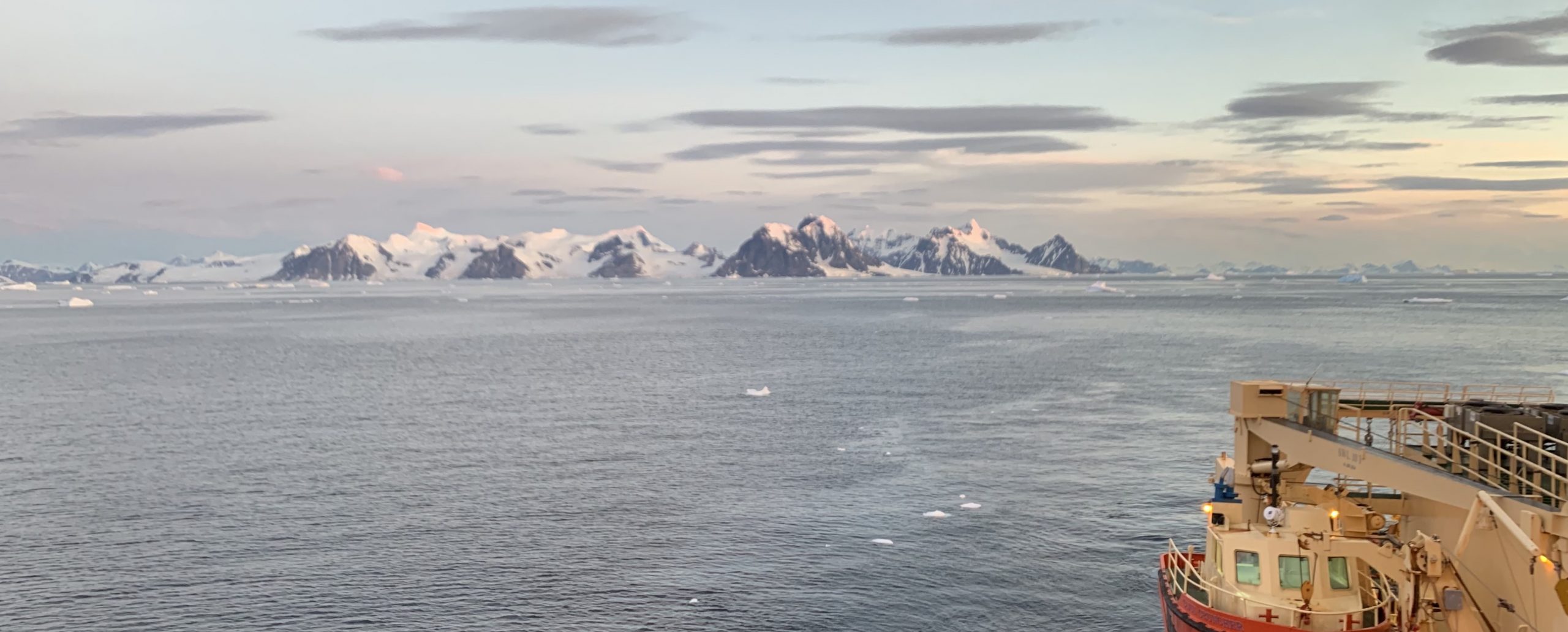
Research Area II: Storm Impacts and Ecosystem Change in the Gulf Coast
Another major research area of our lab is to search for evidence of past floods, storms, and algal blooms along the Gulf Coast from the sedimentary record, in collaboration with Dr. Davin Wallace (USM Coastal Hazards Lab), Dr. Lisa Davis, Dr. Emily Elliott (UA Geography), and Dr. Matt Waters (Auburn Crop, Soil, and Environmental Sciences).
Primary field areas include Mobile Bay, Weeks Bay, Mississippi Sound, and Galveston Bay, where we are particularly concerned about harmful algal blooms and major storm impacts today. What was the long term frequency of these extreme events in the past? How do they compare with the post-settlement and post-industrial era?
How has the coast evolved with sea-level rise over the Holocene?
Read more about Totten’s Mobile Bay research.

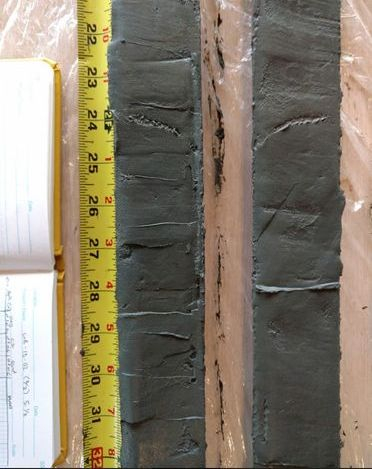
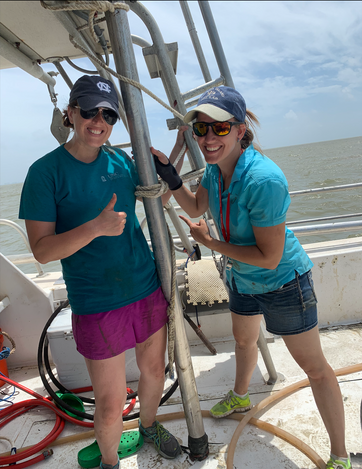
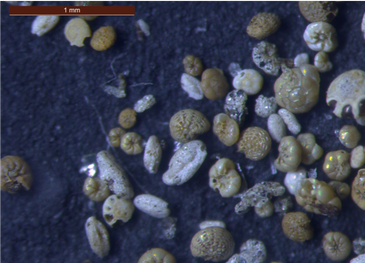

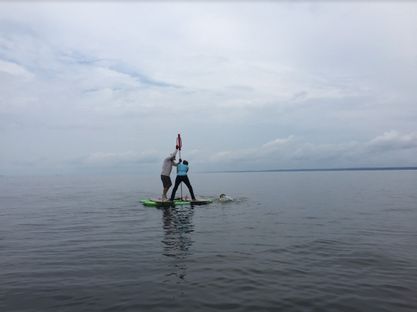
Research Area III: Cretaceous-Paleogene Mapping of Central Alabama


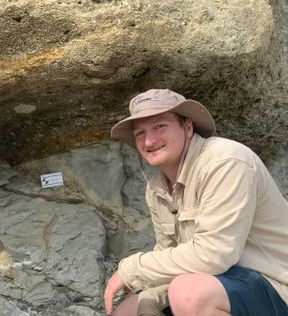
Research Area IV: Cretaceous Marine Reptile Paleoecology
We utilize stable oxygen isotopes from the enamel in fossil teeth to study behaviors of ancient swimming reptiles called mosasaurs. Mosasaurs were the “T. rex of the sea” during the Late Cretaceous (100-65 million years ago) and swam across a vast, shallow ocean that covered the central and southern U.S. at the time. We use the stable isotopes recorded in their teeth to tell us about the type of water they swam in. This research is in collaboration with Dr. Celina Suarez (University of Arkansas) and Dr. Dana Ehret (Curator of Paleontology, New Jersey State Museum).

